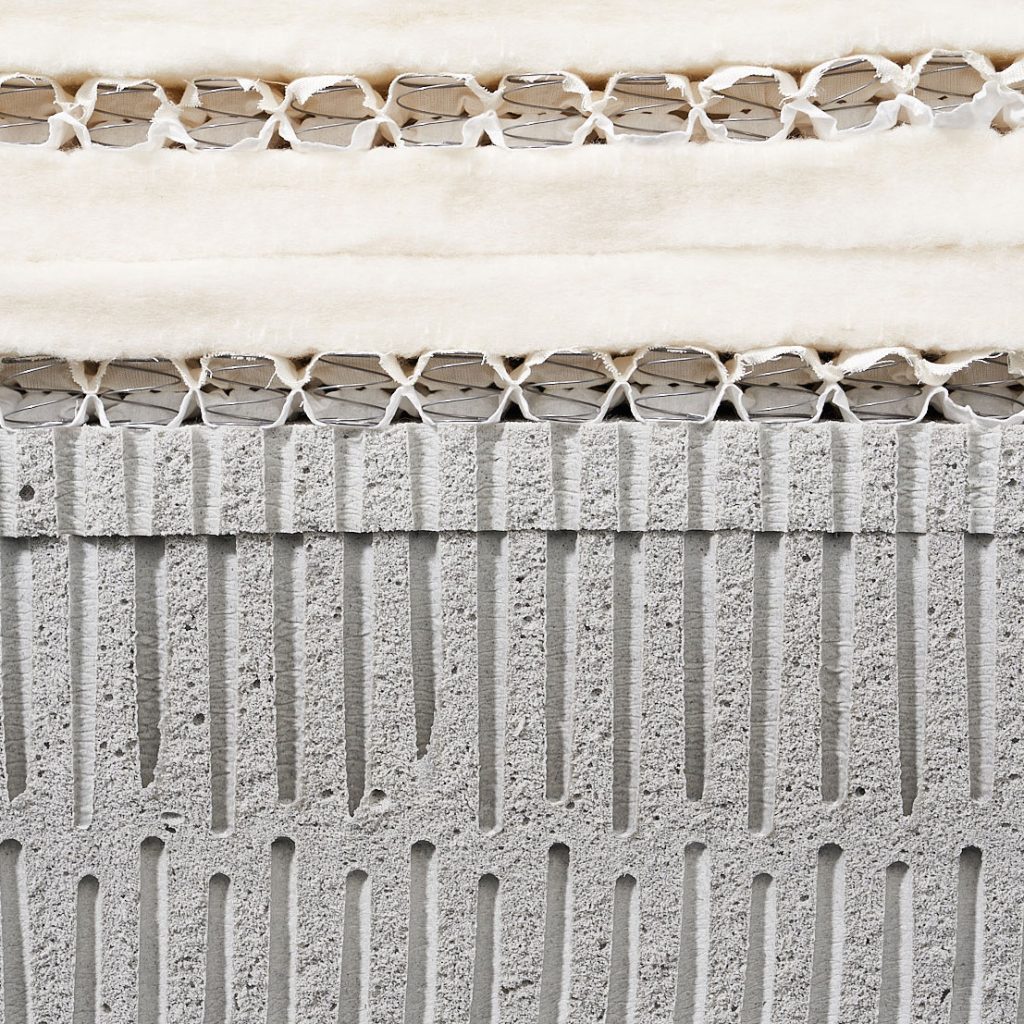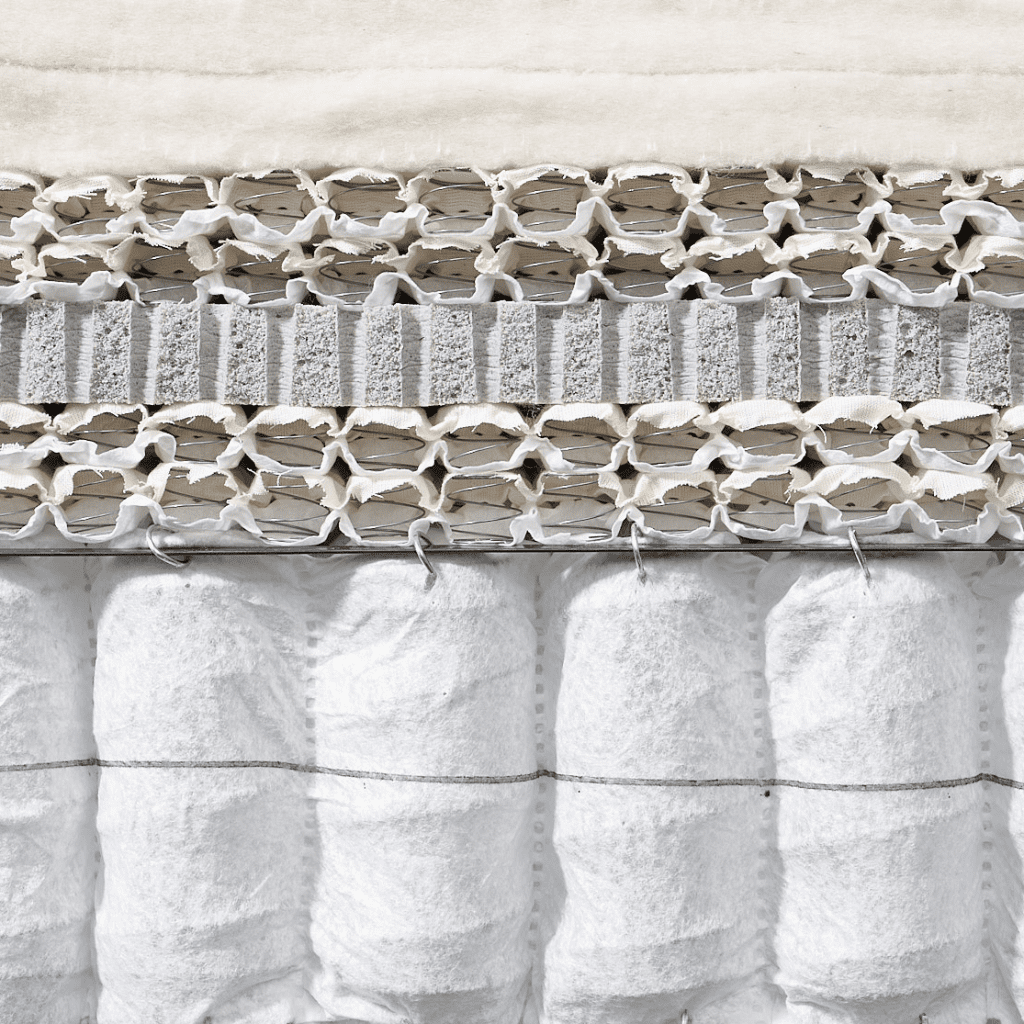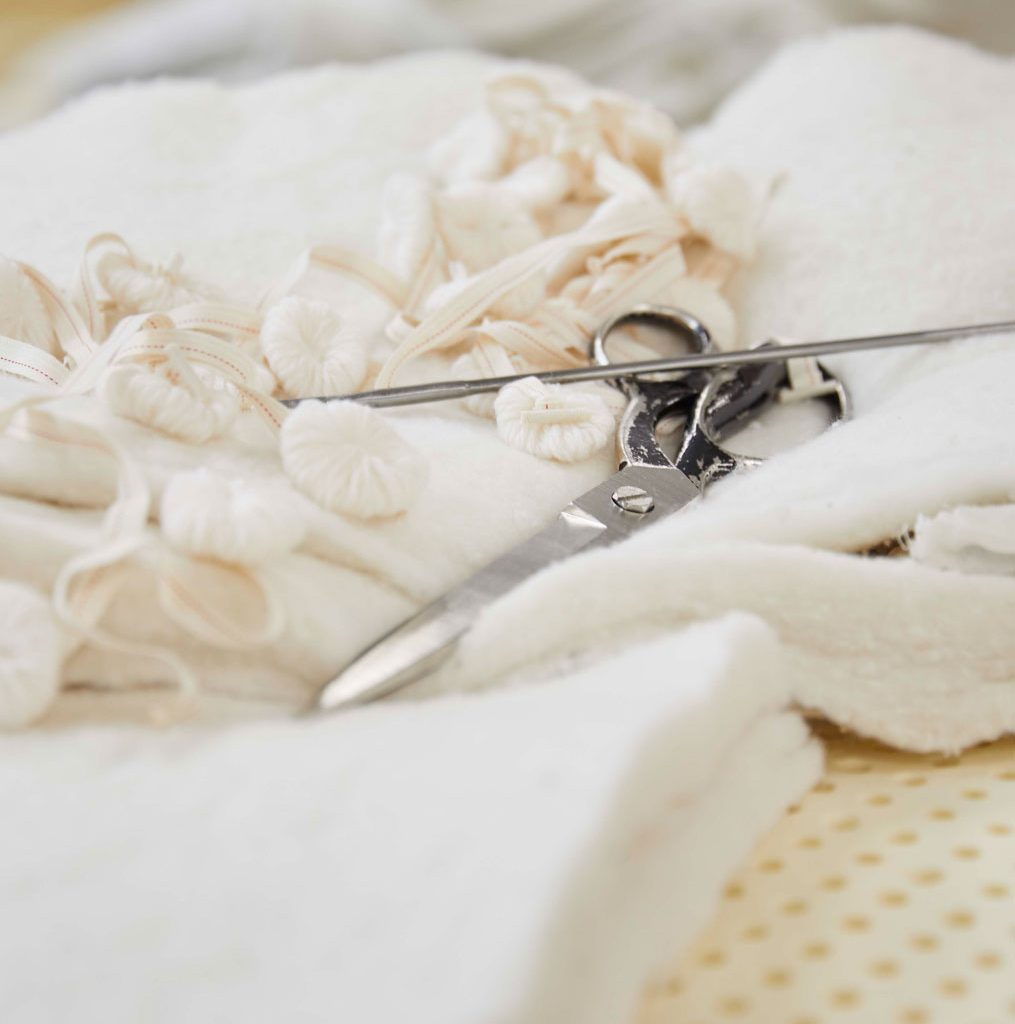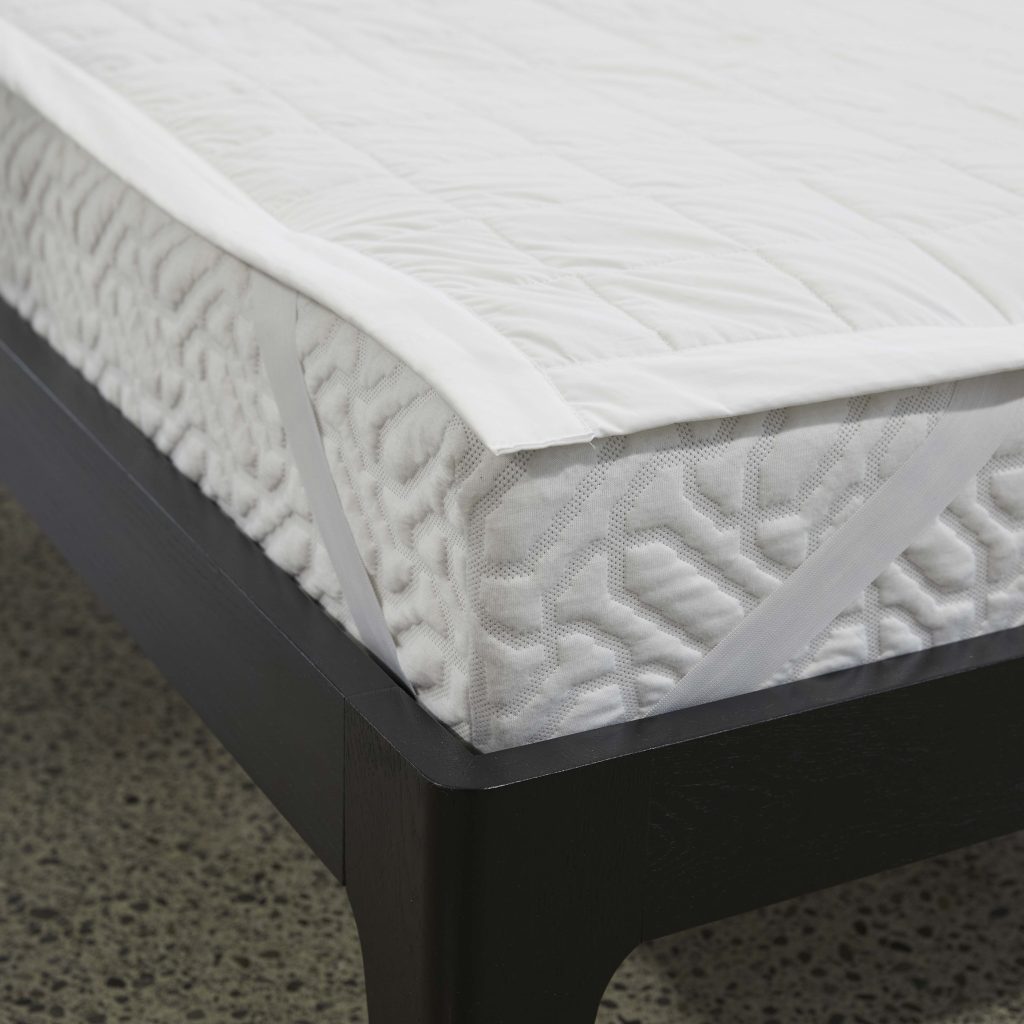The Future of Sleep Technology & Trends for 2026
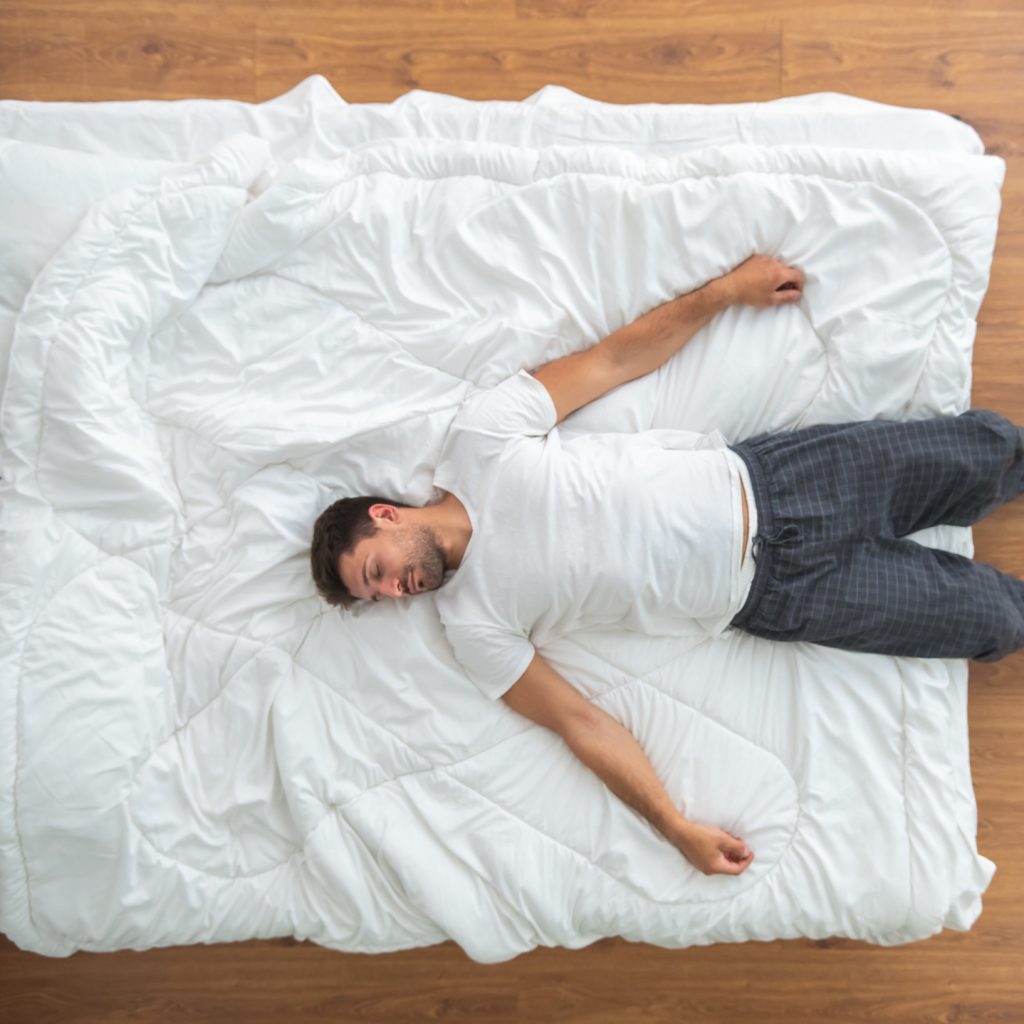
As our modern lives become busier and more complex, many of us are looking for new and better ways to achieve a restful night’s sleep. In response, bed manufacturers are trying to meet those needs with innovative technologies and advanced materials. But how effective are they, and what role can upcoming mattress technology play in getting a good night’s sleep?
The experts at Dreamwool Beds are here to help you understand the future of sleep technology in 2026 and what innovations are likely to help you sleep a bit easier.
Smart Bedrooms
Technology’s presence in the bedroom is increasing with the advent of smart beds and bedding. Smart mattresses are equipped with sensors that can adjust their firmness based on the sleeper’s preferences and movements, and smart pillows can help track sleep patterns and provide embedded speakers for sound therapy.
AI and Sleep Tracking Devices
Wearable sleep-tracking devices have been on the market for a while now, but these are seeing a big boost in capability with the integration of Artificial Intelligence. AI algorithms can effectively identify patterns and anomalies, helping to predict sleep behaviours and, in theory, prevent disordered sleeping patterns from becoming serious.
Luxury Sleep Innovations
Many manufacturers are looking to push their products further into the luxury market in 2026, but savvy shoppers should be wary of claims such as synthetic mattress materials that have the same properties as natural materials. For the most luxurious night’s sleep, natural is always best, and most of those materials and crafting methods are already well established.
Instead, you should look for refinements of the high-end materials and processes already present in the luxury market, such as pocket springs that are even finer and pocket spring units that are more sustainably produced.
Streamlined Mattress Profiles
We expect luxury mattresses to become less deep as material processing continues to evolve. In the case of our all-natural Merino wool, we’re exploring ways to further compress our comfort layers, ensuring that you still get the same volume of plush Merino and the same optimum comfort, but with a sleeker mattress that takes up less space in your bedroom. This is the opposite of what you tend to see on the high street, with some manufacturers effectively puffing mattresses up to look as deep as possible, giving the illusion of added comfort, but with layers that will settle quickly and can cause discomfort for the customer.
Adjustable Bases
Adjustable and mechanical bases are likely to become more mainstream in the luxury market in 2026. These can provide great added comfort and accessibility for those who benefit from a range of reclining positions, and we expect to see more of them as our population ages.
Separate Bedrooms
This is the biggest trend in bedrooms that is not talked about. There’s no shame in supporting your relationship by sleeping apart if that helps you both get a better night’s rest, and we expect to see more partners moving to separate bedrooms in 2026 and beyond.
Eco-Friendly Mattress Trends
You’re likely to see more certifications and sustainability claims in 2026, as customers push manufacturers to employ better environmental practices. Again, it’s worth investigating any such claims to understand exactly what they mean.
“Recyclable” Mattresses
A mattress claiming to be recyclable may be exaggerating its environmental credentials. Yes, many individual materials can be recycled, but New Zealand does not yet have a facility to do this for whole mattresses. We lack the population volume to make that specific recycling capability viable, meaning that every mattress in New Zealand ultimately ends up in landfill, at least for now. The most eco-friendly choice you can make is a mattress that will stand the test of time for many years.
Organic Mattresses
We’re already seeing some manufacturers push toward organic mattresses, which can be a great indicator of quality and traceability. That said, we find that the organic label can be limiting when it comes to comfort. If you use organic cotton only, you will be less comfortable than if you also use a small amount of polyester in the fabric to provide stretch.
At Dreamwool Beds we choose to prioritise natural, carefully selected, local materials. Ultimately, we believe that comfort is of the utmost importance, and we’re not willing to sacrifice it for the sake of an organic label.
The Future of Sleep
Could waterbeds make a comeback in 2026? Or perhaps we’ll start sleeping on air pockets or gels?
While emerging technologies have great potential to improve our lives, the truth is that these have not yet been honed enough to really promise you a better night’s sleep. Indeed, most studies indicate that technology is prohibitive in the bedroom; a lot of sleepers will find that constant tracking and monitoring of their sleep behaviours increases anxiety and actually makes it harder to sleep.
Ultimately, our advice is to get the right mattress and sleeping environment, and the rest will look after itself. For the best night’s sleep in 2026 and beyond, book a consultation at Dreamwool today.
Read More

